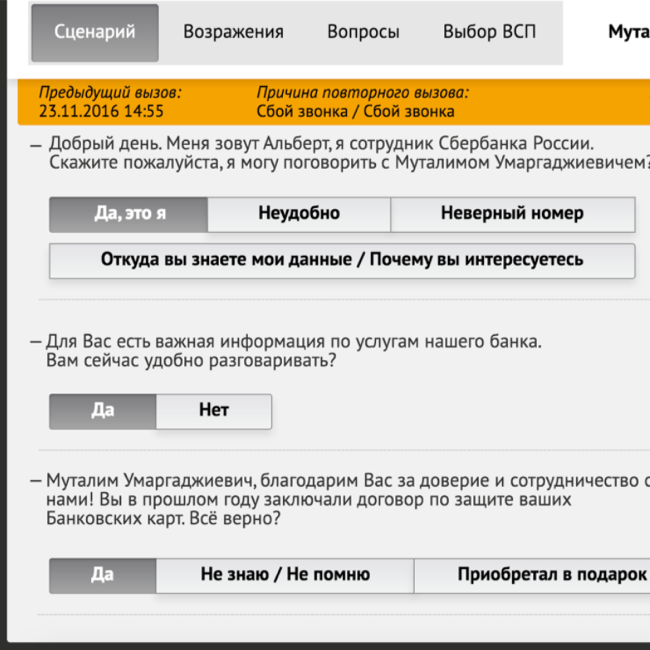
The key challenges were:
- size of the project (more than 20 product teams with sub teams)
- multiple locations of product teams
- different maturity levels across projects & dependencies between them
- lack of UX resource
- waterfall approach in some teams and development going ahead before UX
- size of user base and their spread across the country
- need for a universal solution
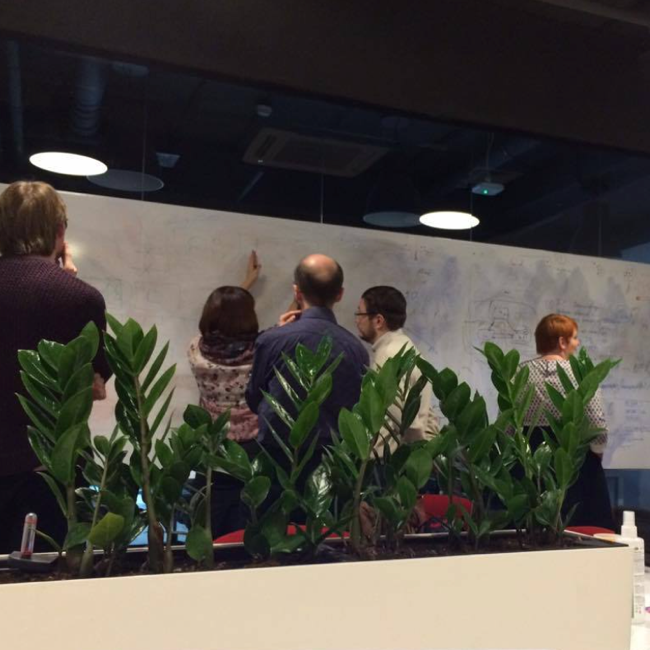
How did we address these challenges?
Design System Work to mitigate size of the project (more than 20 product teams with sub teams), lack of UX resource and need for a universal solution.
Our design team was continuously working on a design system; from UX point of view, I was involved into usability testing of some components and making the case for new ones if they were needed (as you had to prove that this was absolutely necessary, like a contact centre component which has never been needed before my project, but ended up being reused for other areas, that also wanted it)
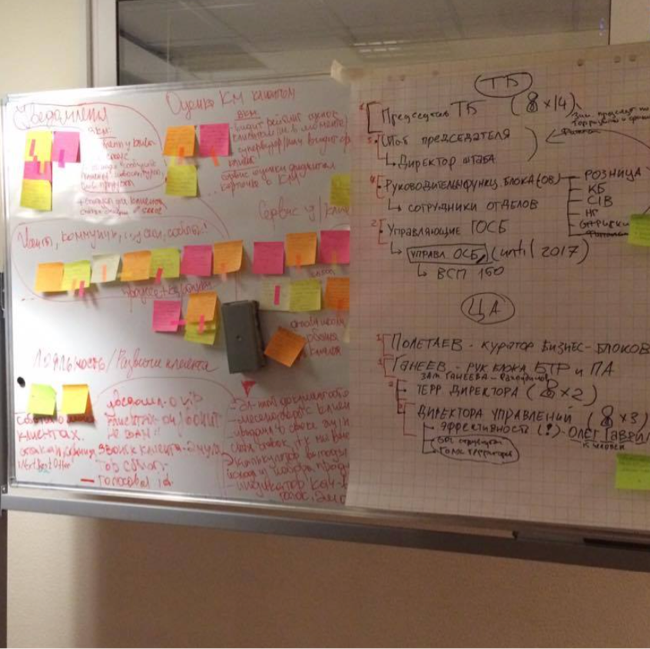
Remote tools, unifying communications and usability reports, creating a learnings storage to address multiple locations of product teams & size of user base and their spread across the country.
When I joined, I helped unify how usability testing reports were presented and how we store the learnings from discoveries and testing. Since there were multiple streams of work and it was physically impossible to be in all meetings, we knew we needed more than a space for sharing knowledge, we needed to make sure any product manager can access other teams’ documentation and quickly make sense of everything.
As for remote work, it was really difficult to get security sign off for most of the tools, therefore, I had to be creative and use Skype for Business, screen sharing, screen recording, Google docs and Jira. There was a decent travel budget, which helped. Due to some projects being tied to a specific region in Russia, I went on a few short trips, which were used to learn as much as we can. I organised an ethnographic study for a contact centre discovery phase; a two-day trip to observe and learn from a Beta-launch for corporate investment banking department, regularly interviewed financial advisors at the place of their work.
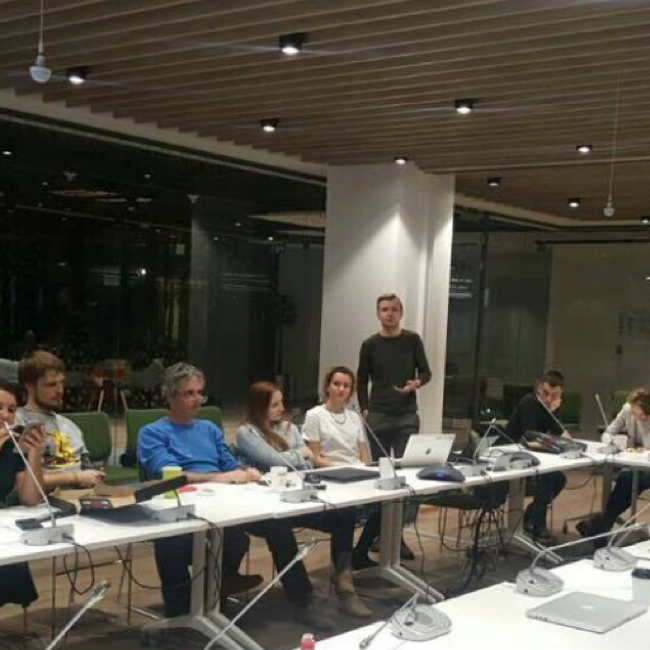
Design thinking and being resourceful were key to overcoming different maturity levels across projects, dependencies between them & waterfall approach in some teams and development going ahead before UX.
Within the projects that I personally oversaw, I had the freedom of choosing which techniques to use, and when to use them; some teams were engaged in UX and made my work easy. With some I had to prove the value of UX - sometimes it was by taking the product manager to a field trip; sometimes it was taking them to see how the super early launch is performing (and SURPRISE - pretty much every time we saw that the bank staff are not using the system, since it made their work more difficult, because it was done in ‘pre-UX time.’)
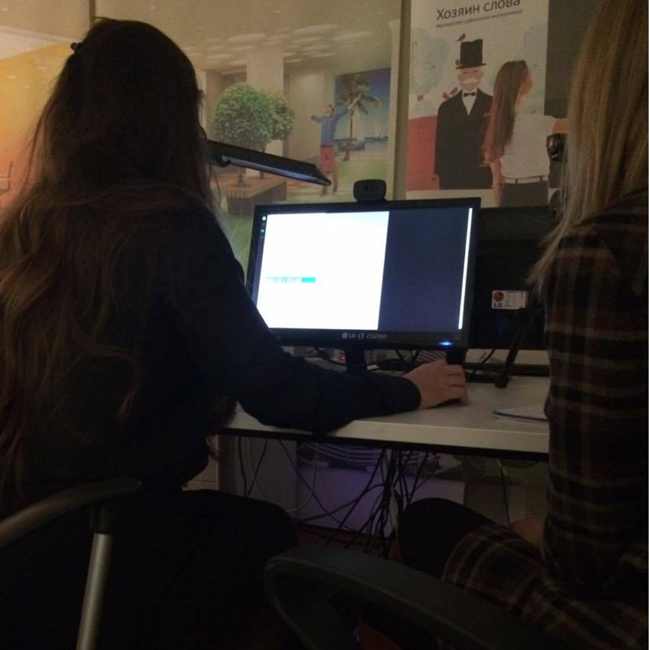
Key UX learnings
First a foremost - going into the field if you can - seeing the workstations, shadowing employees throughout the day and even experiencing the climate they are in made so much difference. For example, we were working on an iPad version of the system which would contain only the information managers need when they go to see a corporate client (like Gasprom no less). We have done a few rounds of usability testing in the Moscow head office and were excited to see the Beta launch in the regions. However, when we came in a couple of months, turned out that in the cold of the north it is difficult to tap on small icons when you are wearing gloves, and when you are on the go in extreme conditions you want to see even less information and do all the actions in the minimum amount of time.
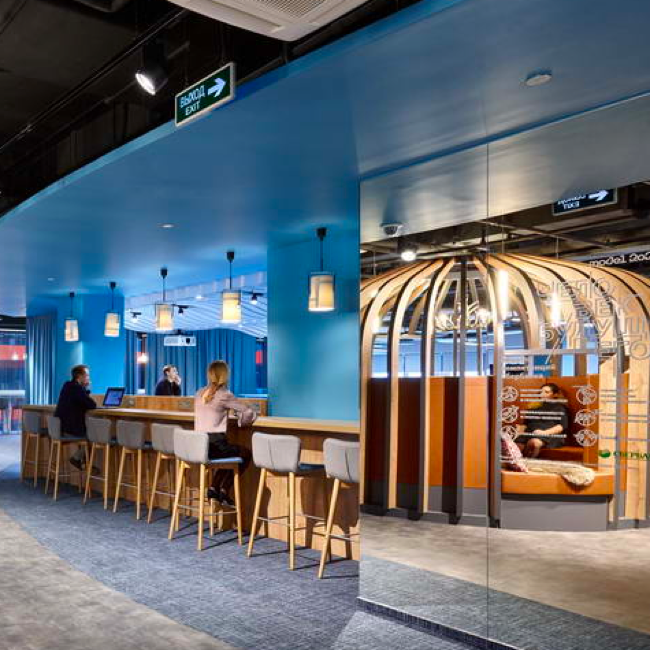
Secondly, making sure to look at the whole ecosystem. Even though the users of the system were going to be bank employees, we had to do research around bank customers, as the system needed to cater for any unexpected scenario and behaviour, making sure everything we took into usability testing was realistic.
And, finally, the lesson of never giving up and working as a team. If your product manger is resisting UX, other UX designers and UX managers could step in and push back. Having senior management’s support was key, but we had to make sure there is consistent communication and they are aware of where their help and influence are needed.